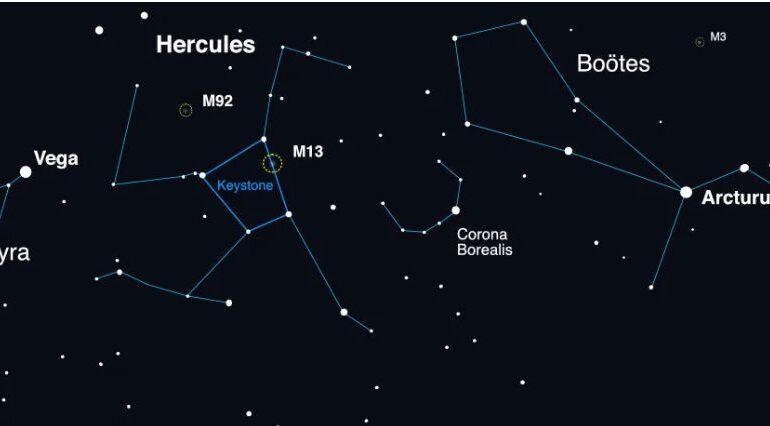A star in the constellation Corona Borealis will explode before September, and the phenomenon will be visible to the naked eye in the northern hemisphere.
NASA announces that T Coronae Borealis, a white dwarf star located 3,000 light-years away from us, will likely explode as a nova in the near future, possibly by the beginning of autumn.
It is a predictable event that occurs every 80 years, making it a once-in-a-lifetime event, as reported by the SETI Institute.
At the time of the explosion, T Coronae Borealis (also known as T CrB) will be as bright as the North Star, and the phenomenon may be visible to the naked eye for several days in the northern hemisphere.
T CrB, a recurrent nova, is one of the five known in our galaxy.
This should not be confused with a supernova, where the core collapses during the explosion. Supernovae only occur with stars eight times more massive than our Sun.
Instead, T Coronae Borealis will undergo a surface explosion, ejecting matter into space, but not destroying the star itself.
So-called "recurrent novae," like T Coronae Borealis, erupt at regular intervals. Known to astronomers as "Blaze Star," it exploded in 1866 and again in 1946, with astronomers believing it will do so again very soon.
It is worth noting that the explosion we will witness occurred approximately 3,000 years ago, during the fall of Troy and the great empires of Egypt. That's how long it took for the light to travel to us.

